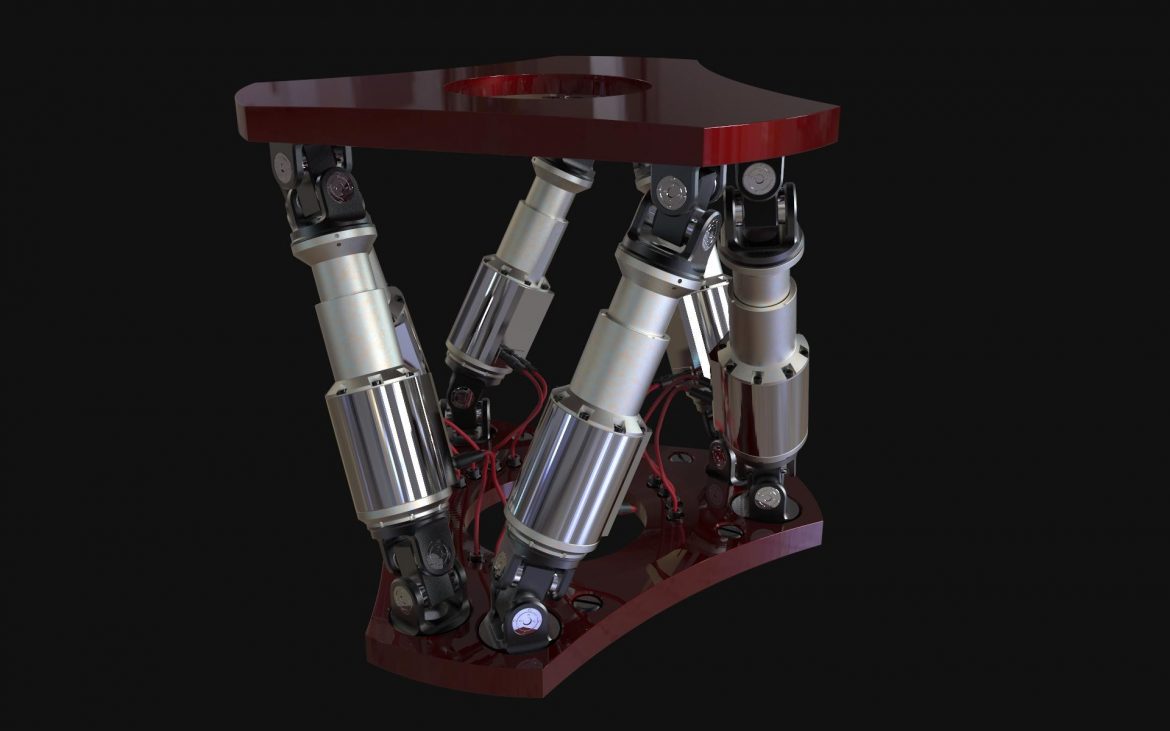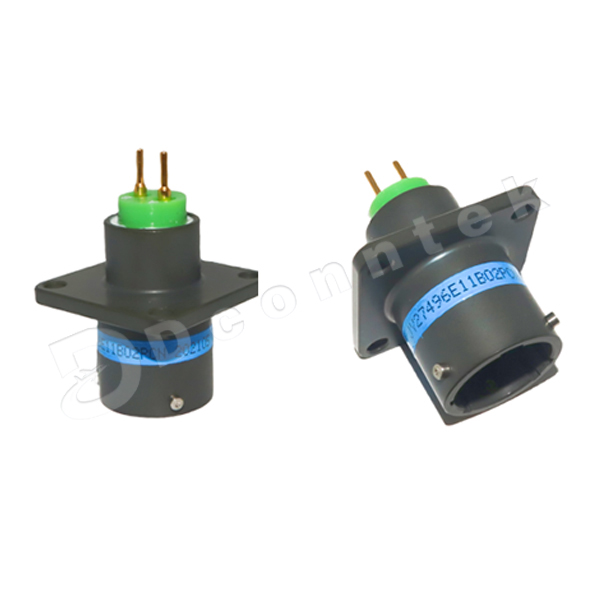In the realm of piping systems, two common methods of connecting pipes and components are mechanical joints and flanges. While both serve the purpose of creating a secure and leak-free connection, they differ in terms of design, functionality, and applications. In this informative article, we will explore the dissimilarities between mechanical joints and flanges, shedding light on their unique characteristics and helping you make informed decisions when it comes to piping system design and installation.
- Understanding Mechanical Joints:
Mechanical joints, also known as grooved joints, utilize a coupling system to connect pipes. They consist of two components: a grooved pipe end and a coupling housing with rubber gaskets. The grooved pipe end features grooves that match the profile of the coupling housing, allowing for a secure fit. Mechanical joints are widely used in various industries, including HVAC, fire protection, and water distribution systems. - Exploring Flanges:
Flanges, on the other hand, are flat, circular discs with evenly spaced bolt holes. They are typically made of metal and come in various sizes and pressure ratings. Flanges are used to connect pipes by bolting them together, creating a tight and rigid joint. They are commonly found in industries such as oil and gas, chemical processing, and power generation. - Design and Functionality:
The design and functionality of mechanical joints and flanges differ significantly:
a) Mechanical Joints: The grooved design of mechanical joints allows for easy and quick installation. The coupling housing is secured by bolts or clamps, compressing the rubber gaskets and creating a watertight seal. Mechanical joints offer flexibility, accommodating pipe movement and vibration. They are also suitable for both above-ground and underground applications.
b) Flanges: Flanges provide a rigid and robust connection. The bolted design ensures a strong and leak-free joint, capable of withstanding high pressures and temperatures. Flanges are often used in applications that require frequent disassembly and reassembly, such as maintenance and repairs. They are also suitable for large-diameter pipes and high-pressure systems.
- Applications:
Mechanical joints and flanges find their applications in different industries and scenarios:
a) Mechanical Joints: These joints are commonly used in HVAC systems, fire protection networks, and water distribution systems. Their ease of installation and flexibility make them ideal for projects that require quick assembly and disassembly, such as temporary installations or retrofitting existing systems.
b) Flanges: Flanges are prevalent in industries that deal with high-pressure fluids or gases, such as oil refineries, chemical plants, and power plants. Their rigid connection and ability to withstand extreme conditions make them suitable for critical applications where safety and reliability are paramount.
- Considerations for Selection:
When deciding between mechanical joints and flanges, several factors should be considered:
a) System Requirements: Assess the operating conditions, including pressure, temperature, and fluid type, to determine the most suitable connection method.
b) Installation Time and Cost: Mechanical joints offer faster installation times and require fewer specialized tools compared to flanges, potentially reducing labor and equipment costs.
c) Maintenance and Repairs: Flanges allow for easier disassembly and reassembly, simplifying maintenance and repair activities. Mechanical joints may require complete replacement in case of damage or failure.
Conclusion:
In summary, mechanical joints and flanges are two distinct methods of connecting pipes in various industries. Mechanical joints offer flexibility, quick installation, and suitability for a wide range of applications. Flanges provide a rigid and robust connection, ideal for high-pressure systems and situations that require frequent disassembly. Understanding the differences between these two connection methods is crucial for designing efficient and reliable piping systems. By considering the specific requirements of your project, you can make an informed choice between mechanical joints and flanges, ensuring optimal performance and longevity.



